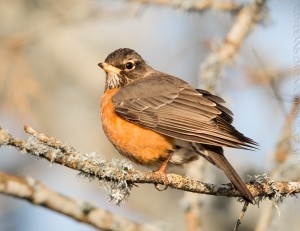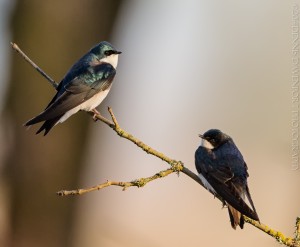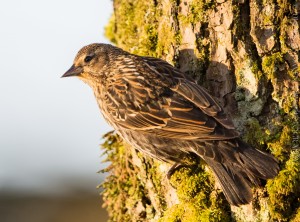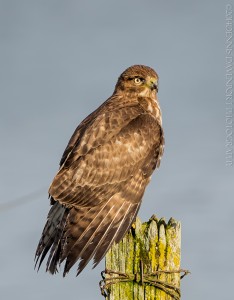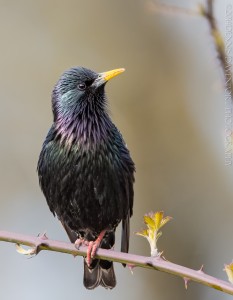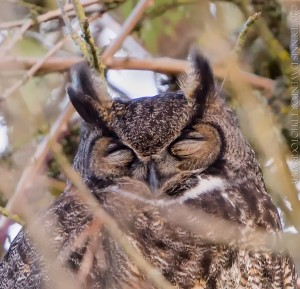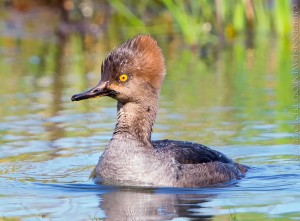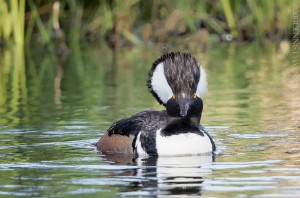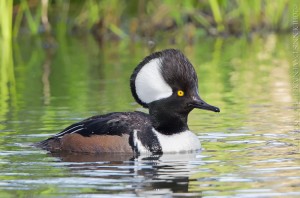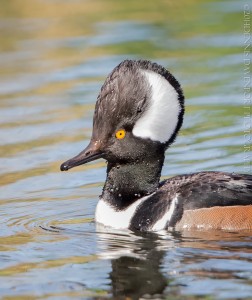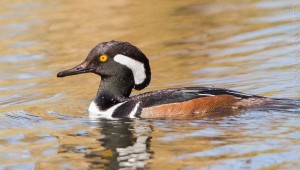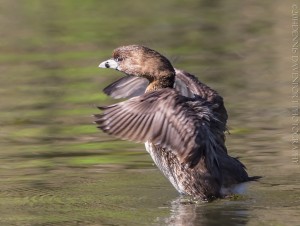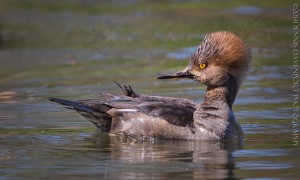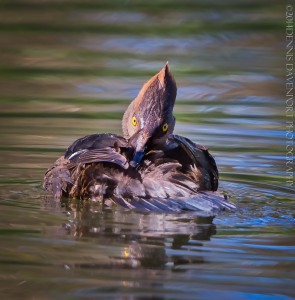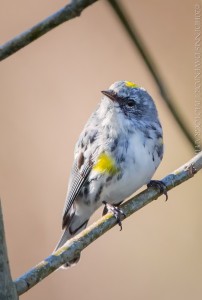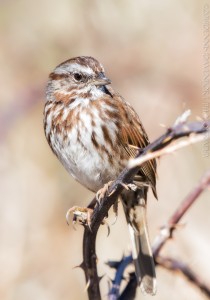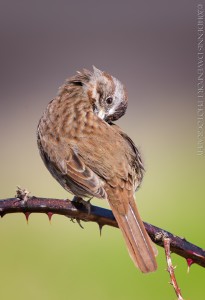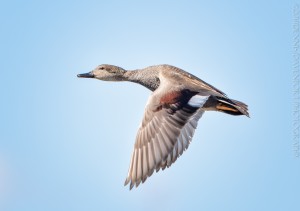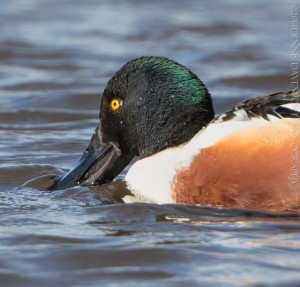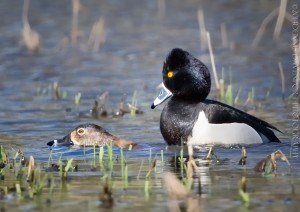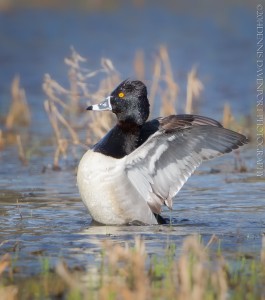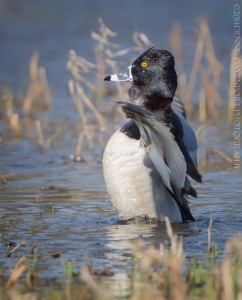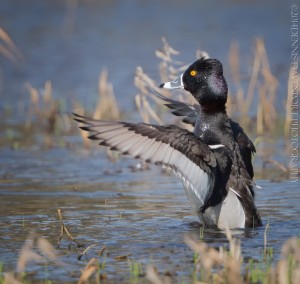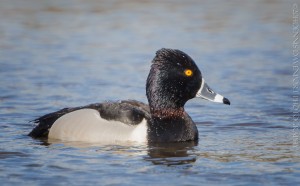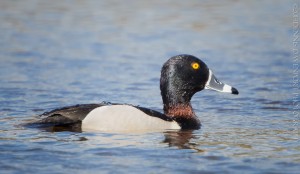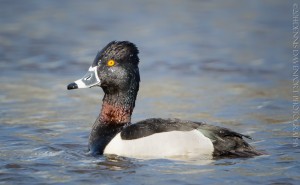Hi again, everybody! I’m so far behind in getting posts up on The Blog that I am skipping forward to my March 21, 2014, photo shoot at the Ridgefield NWR, where I clicked off about a thousand frames and ended up with 40 shots to share.
Regarding the LensAlign MkII AF calibration testing I mentioned in my last post, I decided to do a separate blog post on that. So that should be ready shortly after this one goes out. This may be of interest only to photographers but everyone is invited to check it out.
March 21 was a bright, sunny day at the refuge, so I had a chance to use all of my three focal length set ups–500mm, 700mm, and 1,000mm. During the winter, it seems that it is a rare day when I can arrive at the refuge at sun up and find the rising sun not obscured by a layer of clouds or fog. And while the bright light of the day was nice, especially in the first couple of hours in the morning, it also presented some serious harsh shadow challenges and made black & white birds very difficult to expose correctly. It’s also that time of year when the sun is rising much higher into the sky where by mid-day, it is almost directly above my photo subjects, casting weird shadows especially around the eyes. The higher the sun gets, the harsher the light. This is one reason I like the winter months so much for shooting, when the sun does not rise very far up into the sky, casting light at a lower angle that is much easier to work with–even when I shoot from dusk until dawn. From now until the end of fall, I’ll have to decide whether I want to catch sunrise or sunset when I go out shooting since I rarely spend more than 7-8 hours out on a photo shoot, and daylight hours are already exceeding 12 hours now.
My first ‘victim’ of the day is the American Robin. Taken just as the sun came up over the ridge and lit this bird up nicely. Stopping down a bit could have made this shot better by increasing the DOF. Canon 5D Mark III, 1/1250, f4, ISO 800, 500mm. (7:43 a.m.)
[Please click once on these thumbnails for larger views of the images. They should load a lot faster than they used to. Thanks].
Driving through the Ash tree forest I noticed many swallows, two of which had perched close together on a branch. The light was coming from the right and was variable in the shade of the forest. Here are a couple shots from this situation. Canon 5D Mark III, 1/1250, f4, ISO 800, 500mm. (8:00 a.m.)
Canon 5D Mark III, 1/1000, f4, ISO 800, 500mm. (7:43 a.m.)
Gazillions of Red-winged Blackbirds have made their way back to the refuge and here’s a shot of one of the ladies. Canon 5D Mark III, 1/1000, f4, ISO 1000, 500mm. (8:07 a.m.)
I’m now driving between markers #12 & 13, along the eastern shore of Rest Lake. Slightly further than halfway between the markers, there is wooden post at the shore of the lake which is barely tall enough to see the top of from the road (especially now that the grass is starting to get taller). I’m guessing the post is about 80-90 feet from the road. I always check this post on each loop I make around the auto tour route (4 mile loop), because it is where I saw and photographed my first Short-eared Owl in February 0f 2009. (Here’s a link to the SEO shot). In the owl shot, the bird had just taken flight from this post and I was shooting a Canon 40D and the 100-400mm Canon lens at the time. Anyway, the shot below of a Red-tailed Hawk reminded me of that fun shot of the Short-eared Owl. Canon 5D Mark III, 1/1250, f4, ISO 800, 500mm. (8:19 a.m.)
A couple hours into my shoot and I’ve switched over to my 700mm setup (500 + 1.4x III). Here’s the European Starling which, to many, is regarded as a pest. Pest or not, I think the bird looks quite beautiful this time of year. Canon 5D Mark III, 1/640, f5.6, ISO 1000, 700mm. (10:12 a.m.)
There are many Great Horned Owls at the refuge, but few are visible from the road. One usually hangs out between markers #5 & 6 in the trees on the right. The one below, however, is usually seen on the right side of the road just as you enter the Ash tree forest. This owl is closer (than the first one I mentioned) at about 80 feet . The problem with this closer owl is that it is often behind small branches and a clear shot is rarely possible. I found a couple spots to stop where I could get a shot of the bird’s face. Here’s what I came up with. Canon 5D Mark III, 1/400, f5.6, ISO 1250, 700mm. (10:24 a.m.)
Next is a shot of a Pied-billed Grebe. I applied a slight amount of glow to this image in post processing to give it a slightly soft feel to offset some of the high-key attributes. Canon 5D Mark III, 1/500, f5.6, ISO 1250, 700mm. (10:36 a.m.)
In the same waters but close enough to the far shoreline to catch the green reflection of the grass growing there, a female Hooded Merganser poses nicely for me. Canon 5D Mark III, 1/500, f5.6, ISO 1250, 700mm. (10:36 a.m.)
Canon 5D Mark III, 1/500, f5.6, ISO 1250, 700mm. (10:38 a.m.)
And, accompanying the female merganser is her mate. Notice that I adjusted the shutter speed from 1/500 to 1/1000 because of the white on the male. Since hind sight is 20/20, adjusting the ISO to 640 would have probably been a smarter move since the birds were so calm and unlikely to be making fast moves.
Canon 5D Mark III, 1/1000, f5.6, ISO 1250, 700mm. (10:39 a.m.)
I drove around another loop of the auto tour route and spotted likely the same Pied-billed Grebe at the same location as the above seven pictures. But now the grebe has moved to a nicer spot on the water with a better background. I can’t pass that up so I take more shots. Canon 5D Mark III, 1/1250, f5.6, ISO 800, 700mm. (11:45 a.m.)
Canon 5D Mark III, 1/1250, f5.6, ISO 1250, 700mm. (11:50 a.m.)
And presumably, the same female merganser is still there happy to pose for me some more. This is a good example of the harsh shadow at the top of the eye caused by the sun being so high in the sky.
Canon 5D Mark III, 1/1250, f5.6, ISO 1000, 700mm. (11:52 a.m.)
Giving me both eyes while preening. Canon 5D Mark III, 1/1250, f5.6, ISO 1000, 700mm. (11:53 a.m.)
Very close to the location where I took the above Robin photo, I find a Yellow-rumped Warbler (Myrtle variety). It’s now after noon and that sun I talked about in the opening of this blog post is high above, casting not-so-great harsh shadows onto my photographic subjects. The whites on this bird really shine bright and need to be tamed in post processing. In this next shot, the bird is back lit from about the 11 o’clock position causing the side of the head we see to have shade lighting. Not the best conditions for a bird shot but a cute one nonetheless. Canon 5D Mark III, 1/1250, f7.1, ISO 1250, 700mm. (12:40 p.m.)
Canon 5D Mark III, 1/1250, f7.1, ISO 1250, 700mm. (12:42 p.m.)
Canon 5D Mark III, 1/1250, f7.1, ISO 1250, 700mm. (12:45 p.m.)
Location, location, location! Here’s the same Song Sparrow on two different branches. Disregarding the poses, I like the second shot’s background and perch far better than the first. Canon 5D Mark III, 1/1600, f8, ISO 1000, 700mm. (1:21 p.m.)
Back again in front of Rest Lake, a Gadwall flies by outside my driver’s side window. At 700mm, my success rate for flight shots is pretty low, but I’m working on it. In this case, about 1 out of 12. Here is the one. Canon 5D Mark III, 1/1600, f8, ISO 640, 700mm. (1:41 p.m.)
By 2pm I was down to shooting Great Blue Herons as wildlife activity seemed to decrease some. This is a Great Blue capturing a small morsel. Canon 5D Mark III, 1/1600, f8, ISO 800, 700mm. (2:12 p.m.)
As I was beginning my 5th or 6th loop of the tour route, I noticed a turtle in the road about ready to cross so I stopped to take a quick shot. Another car came up from behind me and I made sure they saw the turtle to avoid a tragedy. While the turtle crossed the road I had a nice talk with the fellow in the other car. Canon 5D Mark III, 1/1600, f8, ISO 800, 700mm. (2:56 p.m.)
As critter activity was slowing down some, before I went home I decided to switch to my 1000mm set up (500 + 2x III). I parked at a waterway between markers #1 & 2 on the north side of the road. At about 80 to 100 feet out were a mix of ducks–a Wood, Northern Shoveler, and a pair of Ring-necked. The sun was behind me at about 7 o’clock and still fairly high in the sky, so I had to carefully select my shots based on the birds’ positioning and poses. A slight turn of the head could put the face in shade.
As I was shooting ducks, this Red-tailed Hawk gave me a fly-by. The 1000mm set up proved difficult to handle out the window of my truck and I came up with this semi-focused shot. Canon 5D Mark III, 1/1250, f8, ISO 800, 1000mm. (3:21 p.m.)
Here’s a behavioral shot of a Northern Shoveler showing its ‘filter thingies.’ Canon 5D Mark III, 1/1250, f8, ISO 800, 1000mm. (3:23 p.m.)
This pair of Ring-necked Ducks were out the farthest of all (probably 100 feet). I had never witnessed ducks mating but I have seen geese. I was lucky to catch this pair in the act. Canon 5D Mark III, 1/1250, f8, ISO 800, 1000mm. (3:23 p.m.)
Shortly afterwards, the male seemed quite proud of himself. Canon 5D Mark III, 1/1250, f8, ISO 800, 1000mm. (3:24 p.m.)
A portrait of the male. Canon 5D Mark III, 1/1250, f8, ISO 1000, 1000mm. (3:28 p.m.)
And just prior to diving, the male slicks back his hair! Canon 5D Mark III, 1/1250, f8, ISO 1000, 1000mm. (3:21 p.m.)
This is a shot of the proud couple. Canon 5D Mark III, 1/1250, f8, ISO 800, 1000mm. (3:29 p.m.)
Another portrait of the male, this time with a quite extended neck showing the ring for which he is named. Canon 5D Mark III, 1/1250, f8, ISO 1000, 1000mm. (3:29 p.m.)
And to finish off the day, a portrait of the beautiful bride. Canon 5D Mark III, 1/1250, f8, ISO 1000, 1000mm. (3:30 p.m.)
Thanks for finding your way to my blog and site! Hope you liked something here today. Until next time, be well!
